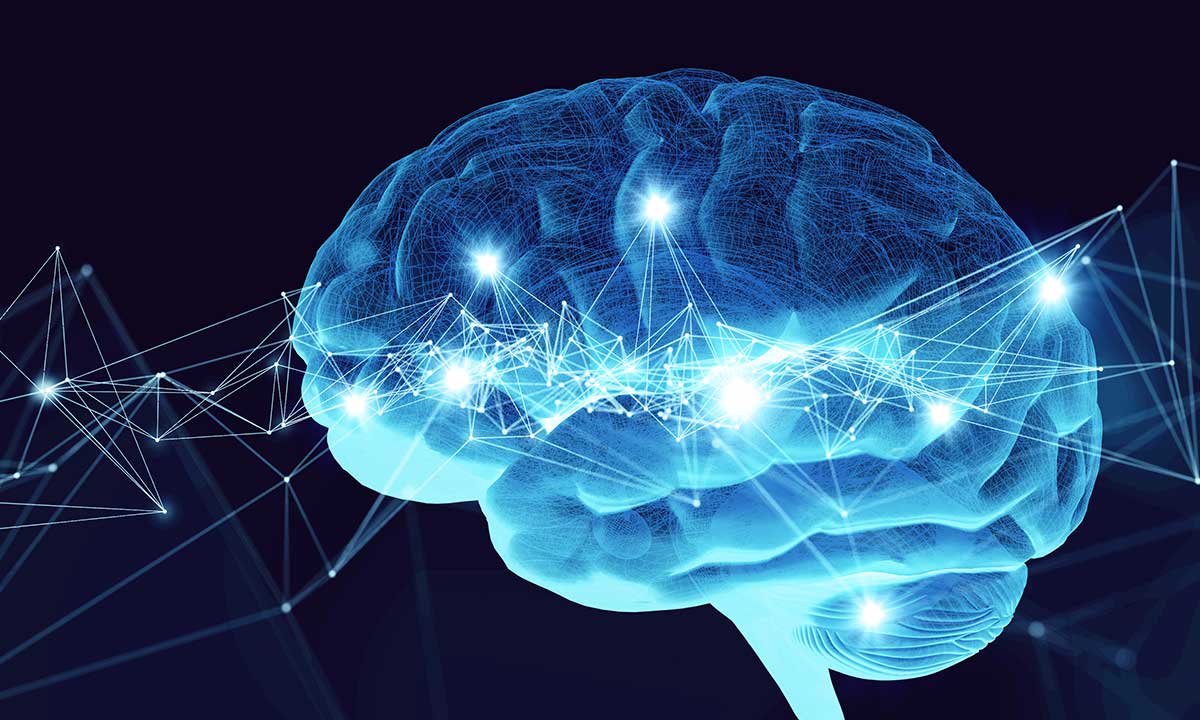Apr 20
2021
Emerging Technologies In The World of Brain Injury
We’ve already seen the way brain injuries are diagnosed and treated improve significantly over the years. But what’s next on the horizon when it comes to brain injury technology?
A brain injury can cause someone’s life to be flipped upside down in an instant. A traumatic brain injury can lead to issues with mobility, coordination and cognition, with the most severe cases even leading to forms of paralysis.
It goes without saying, then, that diagnosing and treating brain injuries in the right way is absolutely critical. The correct approach, and the help of a brain injury solicitor, could mean the victim is able to move on with their life swiftly and with no further complications.
The complex and intricate nature of the brain means that sophisticated technologies are constantly being produced to tackle the issue of diagnosing and treating injuries. As you’ll soon find out, there are plenty of brand-new technologies that are currently in development. Take a look.
How are Brain Injuries Currently Diagnosed?
Currently, the process for diagnosing a brain injury is fairly simple. Anyone attending A&E with a suspected head injury will be given what’s known as a CT scan. A CT, or computerised tomography, scan uses X-rays and a computer to put together detailed images from inside the body.
The CT scan for a head injury produces an image from inside the head and shows whether there is any bleeding or swelling on the brain. Healthcare professionals then use the Glasgow Coma Scale (CGS) to assess the individual’s condition.
The CGS assesses someone on their verbal responses, physical movements and how easily they are able to open your eyes.
How are Brain Injuries Going to be Diagnosed?
While CT scans certainly have their benefits – primarily due to the short amount of time they take and the high-quality images they produce – there are ways in which the general diagnosis of head injuries can be further improved. Here’s how:
Black Box Biometric Sensors
One example of a technology that can improve the diagnosis of brain injuries is from Black Box Biometrics. They are developing advanced sensor systems that can instantly measure the unseen impact of concussive forces that cause traumatic brain injuries.
One of their innovations is the Linux Impact Assessment System (IAS), which is a wearable device that fits in a headband or skull cap that monitors athletes. IAS measures how hard and how many times an athlete suffers an impact to the head, with data being sent to a paired smartphone or tablet for analysis.
Individual Cell Analysis
Scientists have been exploring the potential of simultaneously assessing individual cells and genes. Using mice, a sequencing technique is used to analyse the gene activity of a cell, with a particular focus on cells in the hippocampus, the region involved in learning and memory. This means scientists can pinpoint which genes need to be treated with specific therapies.
